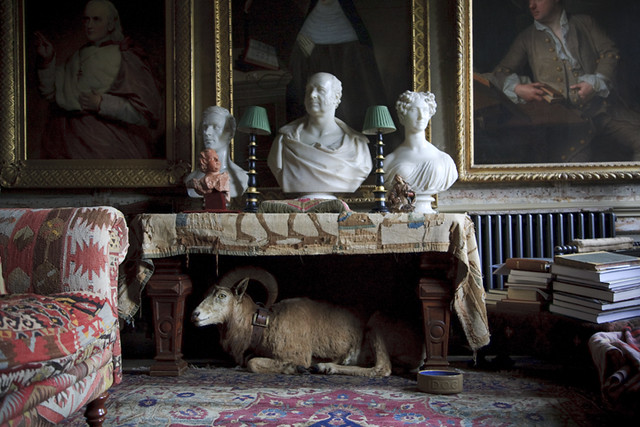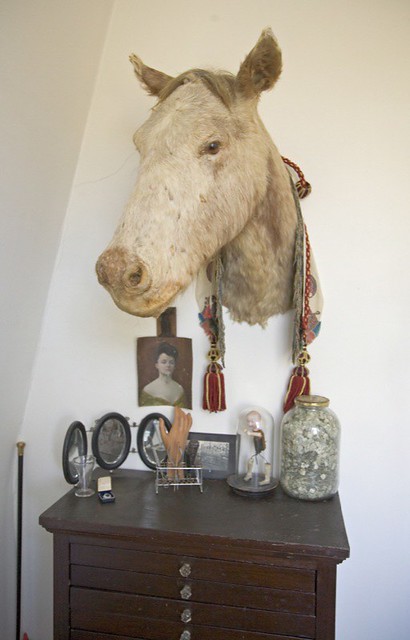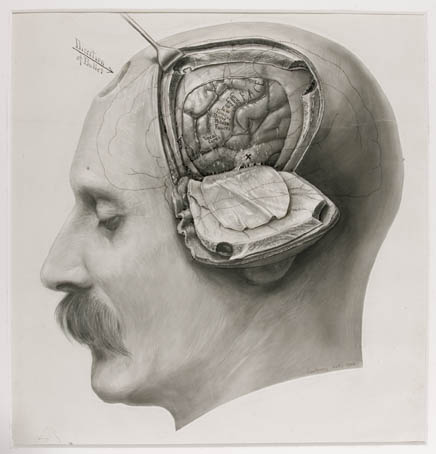
Field trip, anyone?
FIELD TRIP: Guided Tour and Behind the Scenes Viewing of The Murtogh D. Guinness Automaton Collection at the Morris Museum in Morristown, New JerseyMore info here.
Date: Sunday, February 20th
Time: 12 PM - 4 PM (Bus pickup and drop-off at Observatory)
Admission: $45
*** MUST RSVP to morbidanatomy [at] gmail.com
*** PLEASE NOTE: Trip limited to a maximum of 30 attendees; Admission fee Includes round trip transportation via chartered bus, tour cost, a Guinness beer, and museum admission.
Many people have no idea that one of the finest collections of antique automata--moving mechanical toys popular in the 18th Century and 19th Centuries-- in the world resides not in London or Paris but 25 miles away from New York City in Morristown, New Jersey.
This collection--compiled over 50 years by Murtogh D. Guinness (1913-2002), heir to the Guinness beer fortune--consists of 700 historic automata and mechanical musical instruments as well as more than 5,000 programmed media, ranging from player piano rolls to pinned cylinders. Guinness regarded the collection as his life’s work, and he traveled the globe to search of the finest surviving pieces of their kind. Many of the automata in the collection were made in France in the 19th Century and represent a broad array of subjects including snake charmers, magicians, singing birds, musicians, animals, and anthropomorphic monkeys enacting a variety of human situations. Together, these objects constitute one of the largest public holdings of automata in the United States.
On Sunday, February 20th, join Observatory and Morbid Anatomy for a special guided tour of this incredible collection, one of the most significant of its kind in the world. Guinness Collection Conservator Jeremy Ryder will lead us on an hour-long tour of the collection; on this tour, he will guide us through of the permanent exhibit Musical Machines & Living Dolls featuring 150 pieces from the spectacular collection, explain the techniques and history of these incredible objects, demonstrate automata in action, and show us pieces rarely on display to the general public.
After the tour, attendees will be given approximately an hour of free time with which to take in the other exhibitions at the museum such as Frank H. Netter, MD Michelangelo of Medicine--featuring more than 40 works of art by this acclaimed master of medical illustrations--and the museum's excellent permanent collection which includes costumes and textiles, fine art, decorative art, dolls and toys, natural science, geology and paleontology, and anthropology; more about the museum can be found at www.morrismuseum.org.
At the day's end, our chartered bus will pick up us and we will enjoy a toast to Mr. Guinness and his fantastic collection with a Guinness beer (naturally!) on our drive back to New York City.
Trip Details: The $45 event cost of this event includes round trip transportation on a special chartered bus from Observatory to the Morris Museum in Morristown, New Jersey and back again, as well as museum admission, tour cost, and one Guinness beer per person. The bus will pick up and drop off in front of Observatory (543 Union Street at Nevins Street). Pick up is 12:00 noon sharp and drop off approximately 4:00 PM. Attendees will have approximately 1 hour of free time to view the rest of the museum collection.
Image: Clown Illusionist Automaton; Made by Jean or Henry Phalibois, Paris, France, c. 1890-1900 "], from The Murtogh D. Guinness Automaton Collection


























